The transition from 2023 to 2024 seems a fine time to celebrate 30 years of the Aston Martin DB7, which made its first public appearance at the 1993 Geneva motor show and then went on sale in the autumn of 1994. James Mills went along for the ride all those years ago during his time with Auto Express and here shares his fond recollections of this monumental Aston. – ED

Three decades is a long time, and yet it feels like only yesterday that Ford gave Aston Martin the nod to take the brave but badly needed step from being a quaint manufacturer of hand-made specials to something resembling a 20th century car company.
Before the DB7 made its debut at the 1993 Geneva motor show, Aston Martin was still something of a cottage builder. You’d have had a slow day counting the cars being pushed to the end of the assembly line at the modest factory in Newport Pagnell, on the outskirts of Milton Keynes.
To understand why, you have to go right back to 1958, when production of the DB4 began. That car’s chassis, designed by Aston engineer Harold Beach, would ultimately evolve to accommodate the DB5, DB6, DBS, AMV8, Lagonda, and V8 family, and despite spanning four decades, these cars were all brought to life in much the same, hand-built way, with small crowds of men and women fabricating chassis, assembling engines, beating panels, trimming leather, and sanding down painted bodies between coats. Presumably with plenty of builder’s brew and biscuit breaks throughout the day.
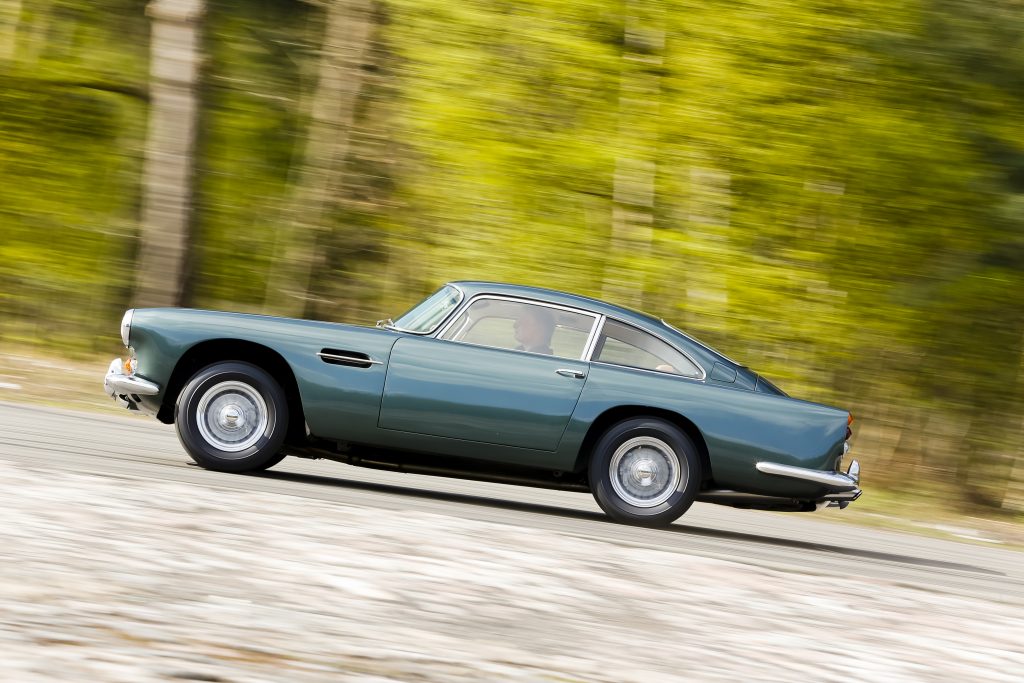
Despite the years of practise, it took the Ford-owned company (Ford bought 75 percent of Aston in 1987) about 12 weeks to build each V8 model in the ‘90s. The approach held some appeal for the small number of wealthy customers who cared about such things, but it held no appeal to management at Ford, who believed Aston was unviable unless it made more cars.
So when we rocked up at Aston Martin’s new Wykham Mill assembly plant, near Bloxham – TWR’s former production hub for the Jaguar XJ220 supercar – in October 1994, to collect and drive one of the very first DB7s off the production line, we were witnessing so much more than the arrival of a new car. The DB7 wasn’t just a new, more affordable Aston Martin; it represented a transformation in the way the company built cars and the volume aspirations for the brand and its American owner.
It would be fair to say that I and my fellow motoring hacks working at the time for weekly rag Auto Express were filled with hope for the future of Aston Martin, because the DB7 promised so much – on paper, at least. We had seen the crowds swarm around it the year before, at the Geneva motor show, and we appreciated the effect the Ian Callum-designed body had on the pulse rate of car enthusiasts. Further, we knew the tantalising technical ingredients of the front-engined, rear-driven, 335bhp supercharged sports car.
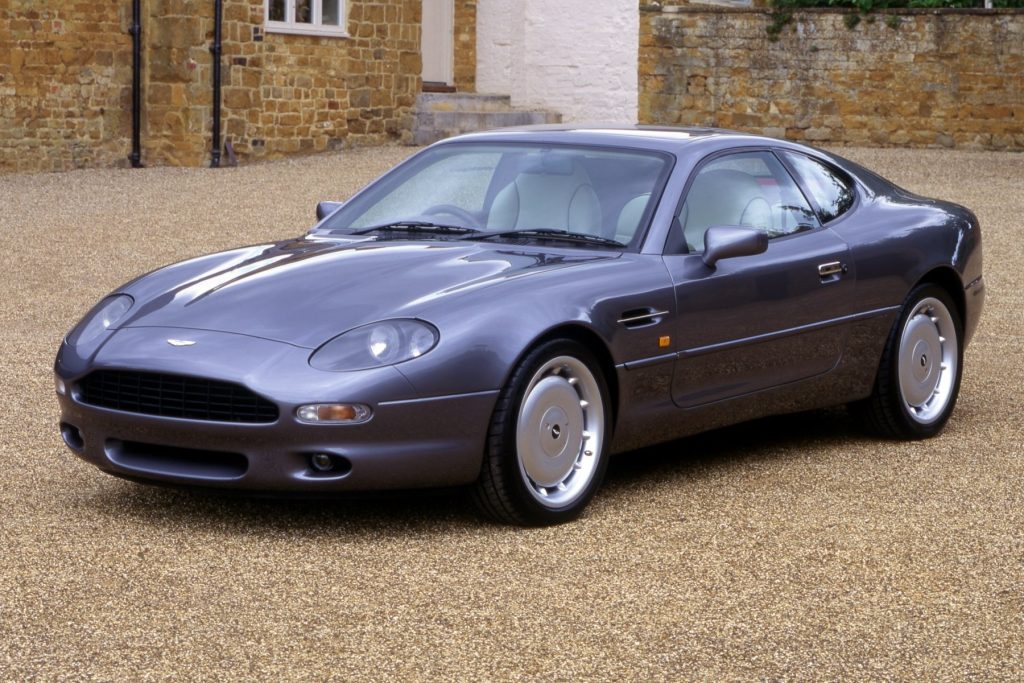
But we also knew that Aston Martin needed more than beauty and brawn to lure drivers out of a BMW 8-Series or a Porsche 911. And in this respect, we had reservations. A seat back release lever fell off as we tried the back seats for size, and you certainly didn’t want to spend any more time than you had to in the two chairs, which, as in a 911, were really only for holding a Hermès handbag rather than taking friends to dinner in Mayfair. And then there was the predictable criticism: the Ford-sourced switchgear. Nobody could blame Aston for using what it had at its disposal and saving a fortune in development and tooling, but the opinion among us was that at this end of the market, Aston could have done more to disguise their origins.
The engineers did a better job of hiding the origins of the Jaguar-sourced, 24-valve, all-aluminium straight-six engine. The decision to adopt a supercharger was faithful to Aston’s heritage but flew in the face of experiments that Jaguar had made in using twin-turbo technology during the development of the so-called F-type, the troubled replacement for the XJS that ended up being cancelled by Ford.
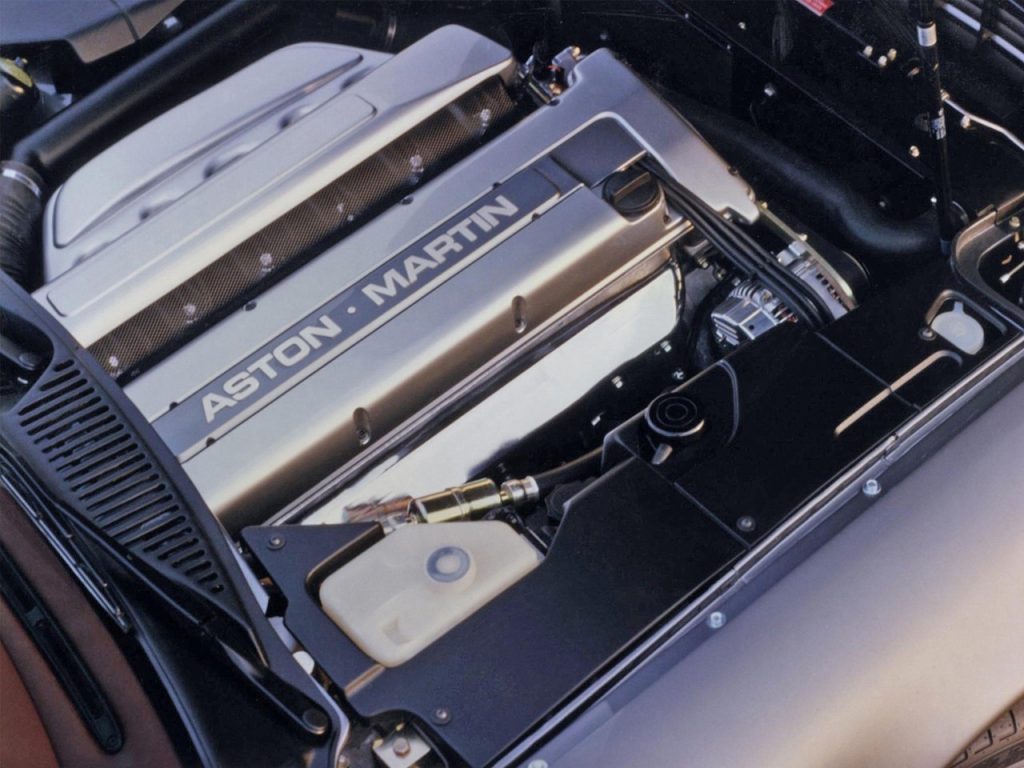
The immediacy of the power delivery and distinctive whine of the supercharger gave the DB7 a character all its own, which was pleasing. This was and still is a part of the car market where you have to find your voice, and Aston had unquestionably come up with something different and, importantly, appealing. It had the brawn of Aston Martins before it but combined this subtly thuggish charm with the sort of polished road manners – a pliant ride and good body control – that meant you would happily consider cruising by DB7 from London to a bolthole in the Scottish Highlands.
What we couldn’t fail to notice and criticise, however, was the driveline shunt, weighty clutch, and heavy (Getrag) gearchange. Some care was called for to drive around this trait in stop-start traffic, or when building and shedding speed on a winding road, although three quarters of the customer base leaned toward the four-speed ZF automatic gearbox. (A supercharged, manual, inline-6 would be a relatively rare and special thing to have tucked behind garage doors.) It was also something of an omission that front airbags weren’t made ready for the time of the car’s launch to customers.
Yet when all was said and done, we were impressed. Little old Aston Martin had produced a car that was not only one of the most heavenly looking creations any of us had seen come to market during our careers, but one that was confident in itself and had a character all its own. Its success doubtless encouraged Ford to buy up Aston in its entirety by 1994 and invest in the evolution of the DB7, creating the DB7 Vantage, which brought still more buyers to the marque.
If you read the 2021 Hagerty UK Bull Market list, you’ll already know that the DB7 was and remains to this day a fine introduction to Aston Martin ownership. There’s something else about it that’s significant, I think: This is the car that determined the way Astons would look for generations to come, and I’m not convinced the DB7 design’s deft touch has ever been bettered.
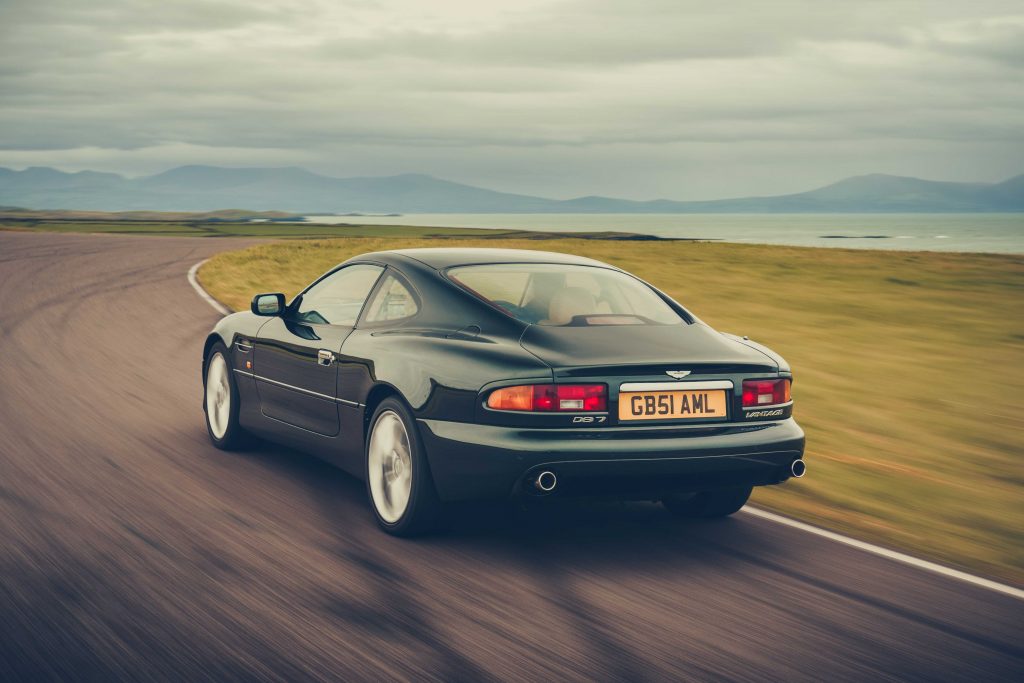


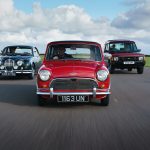
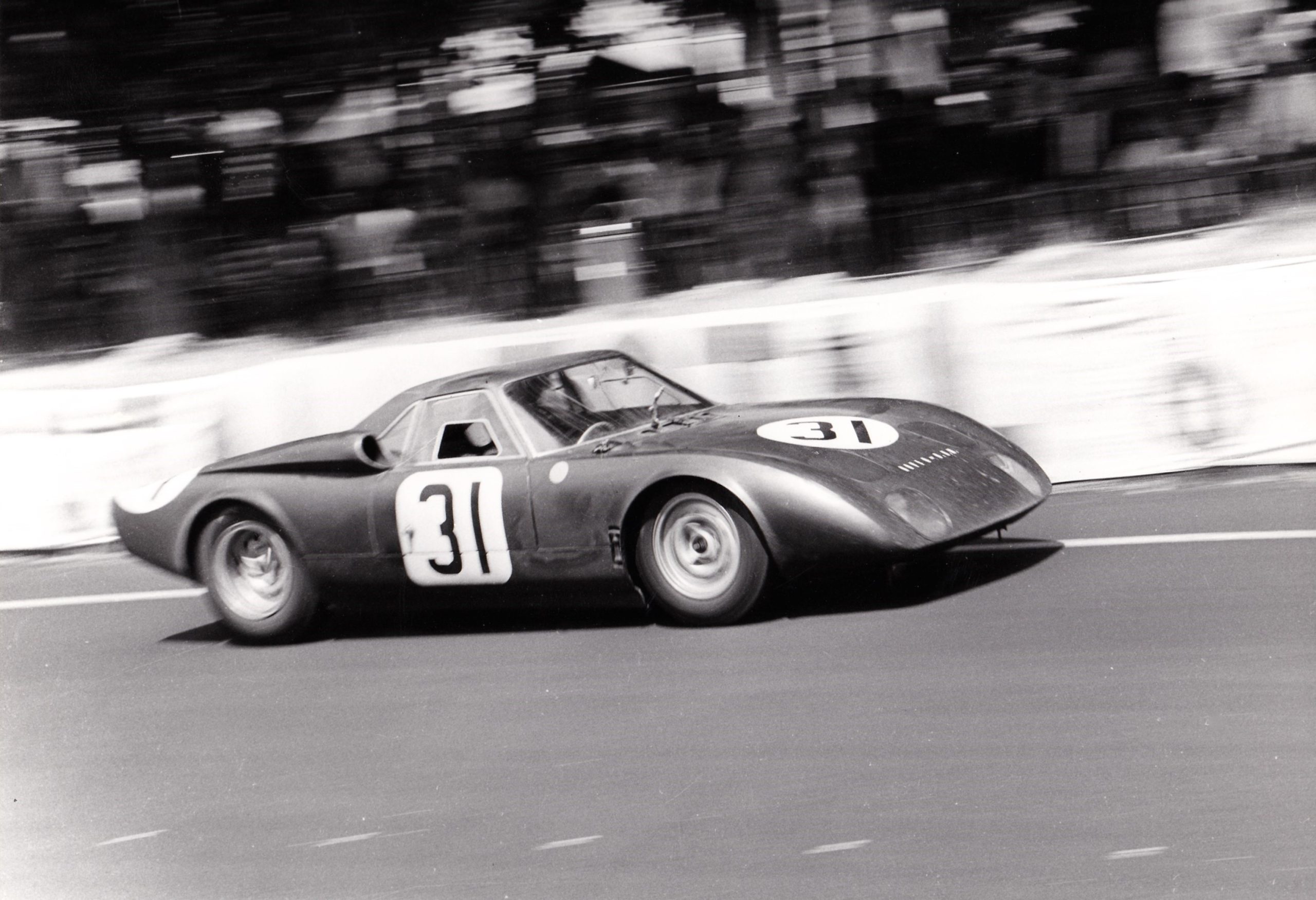






Well I for one will never drive a ‘7’. I cannot get into the driver’s seat! I can drive a 2/4 and a five and six but the ‘7’ lacks the necessary legroom. My inside leg is 40″ but if a rall and gallant Brit like me cannot drive an Aston Martin, what hope is there? A Ferrari is not an option, for IraluNs seem to have long arms and short legs. Mercedes is not British, which leaves only Bentley or Bristol!
DB7GT was and still is an awesome car.
Stylish, fast and such a pleasure to drive in its manual form
Probably that’s true for the RHD car?
I‘m 6“2 and have perfect space in the LHD DB7!
It’s a wonderful car to drive and to handle, and if you have the right exhaust system, even the sound of the i6 is very pleasant
If his inside leg is 40″ he’s likely near 7ft tall though
Deluded report and lacks historic facts…the Aston Martin DB7 was a Jaguar design…penned by Geoff Lawson who did the XJS….I had the two prototypes Coupe & Convertible in our workshop in Whitley….Ford decided it was too heavy and low volume and canned it for Jaguar looking to up the volume production of the saloon car…….passing it then over to Aston for low volume…..Ford also intended to stop the production of the XJS as too low volume but soon realised it made a far better RoI profit so agreed to do the XK…..subtle changes were made like the rear bumper to comply with homologation required for volume cars…..I actually worked on both the AM and Jaguar cars
Exactly… It essentially looks the same as my XK8, and isn’t as good to drive.
The DB7 is far more attractive than the XK8, which is an awkward pastiche.